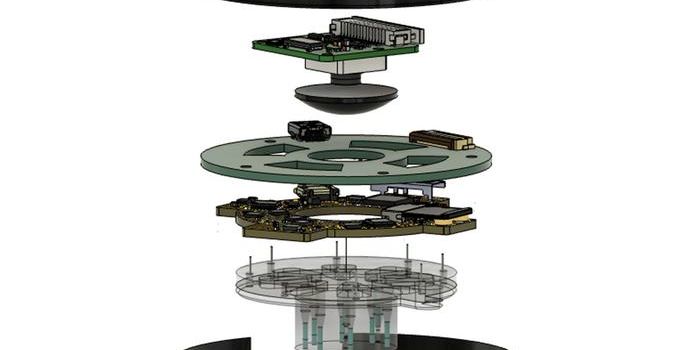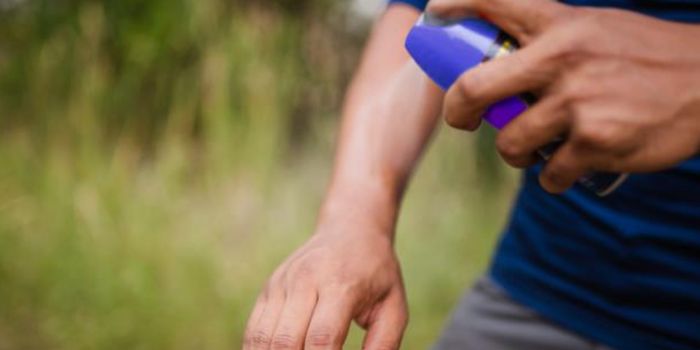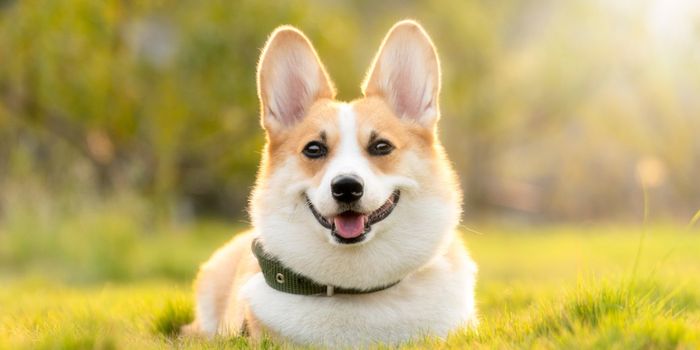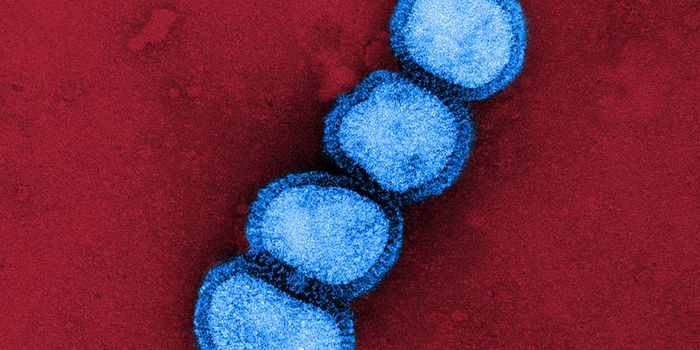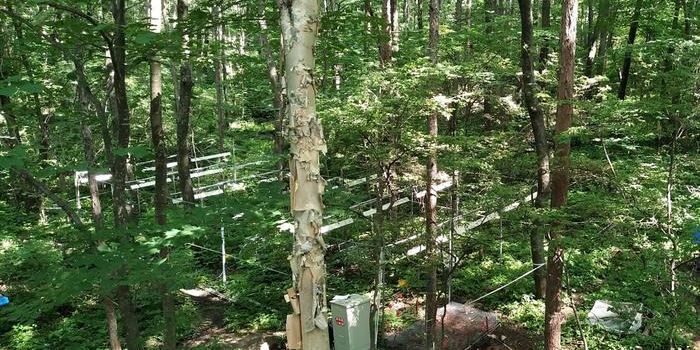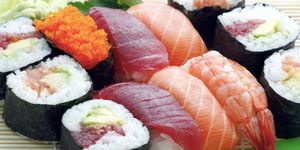Could Artificial Eggs Prevent the Extinction of the Northern White Rhino?
Due to both conflicts in various regions in Africa and a desire for rhino horn (which has been used in traditional medical practices), northern white rhino populations have plummeted.
And unfortunately, there are now only two white rhinos left: Najin and Fatu. However, complicating conservation efforts, both rhinos are female, leading to increased efforts to develop breeding programs to ensure the survival of the species.
And yet, despite concerted efforts of breeding programs, one of the last two remaining northern white rhinos, Najin, was removed from a breeding program at the end of 2021. The BioRescue consortium, which spearheaded the breeding program, cited ethical concerns, including Najin’s age. Fatu, Najin’s daughter, is expected to participate in the program, and has already produced 12 embryos. However, challenges still persist in helping ensure the survival of the northern white rhino species.
What, then, can be done to save this species from extinction?
One possible solution, according to a recent paper published in Scientific Reports, could be the creation of synthetic northern white rhino oocytes, or egg cells.
Researchers with the BioRescue consortium have been working for years to find new approaches to helping these two female rhinos reproduce. One possible method, outlined in the Scientific Reports paper, includes the generation of induced pluripotent stem (IPS) cells using skin cells from a northern white rhino.
Previous work conducted by researchers in mice showed that IPS-turned egg cells created from skin cells were successfully fertilized and implanted into female mice, leading to the birth of healthy offspring.
In the current paper, researchers offer a detailed analysis of pluripotency of these cells, or the ability of IPS cells to become just about any other cell. Through a process called episomal reprogramming, researchers were able to introduce new genetic material to the skin cells that initiated a reprogramming process, turning the skin cell into an IPS cell.
While this work presents a promising new direction for the northern white rhino, researchers caution that their current approach cannot move forward to the actual use of IPS cells for creating eggs. The genetic material introduced to skin cells poses a risk of pathological alteration.
Nevertheless, this work could make a difference for endangered species around the world.
Sources: Science Daily; Scientific Reports; Mongabay


